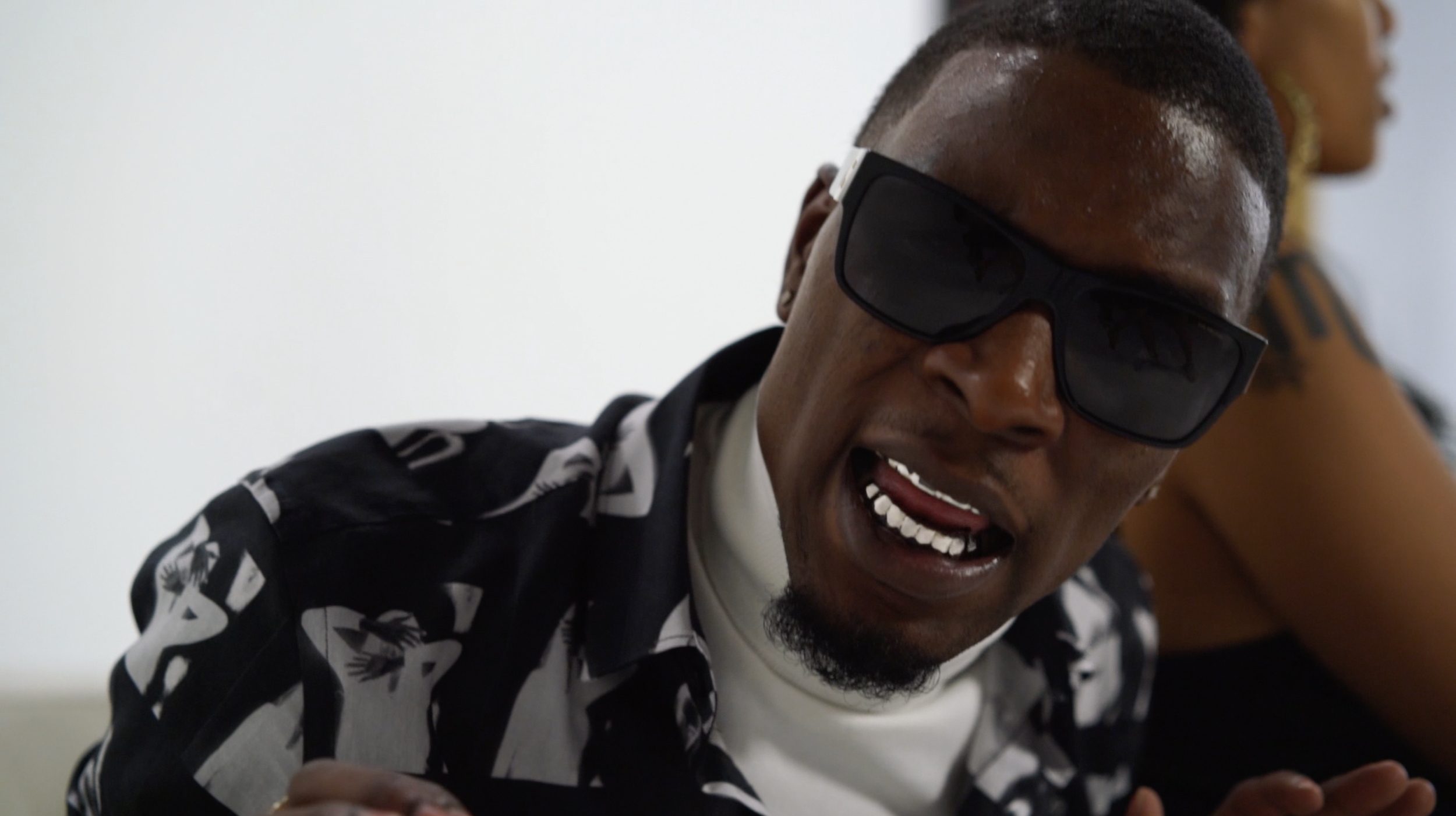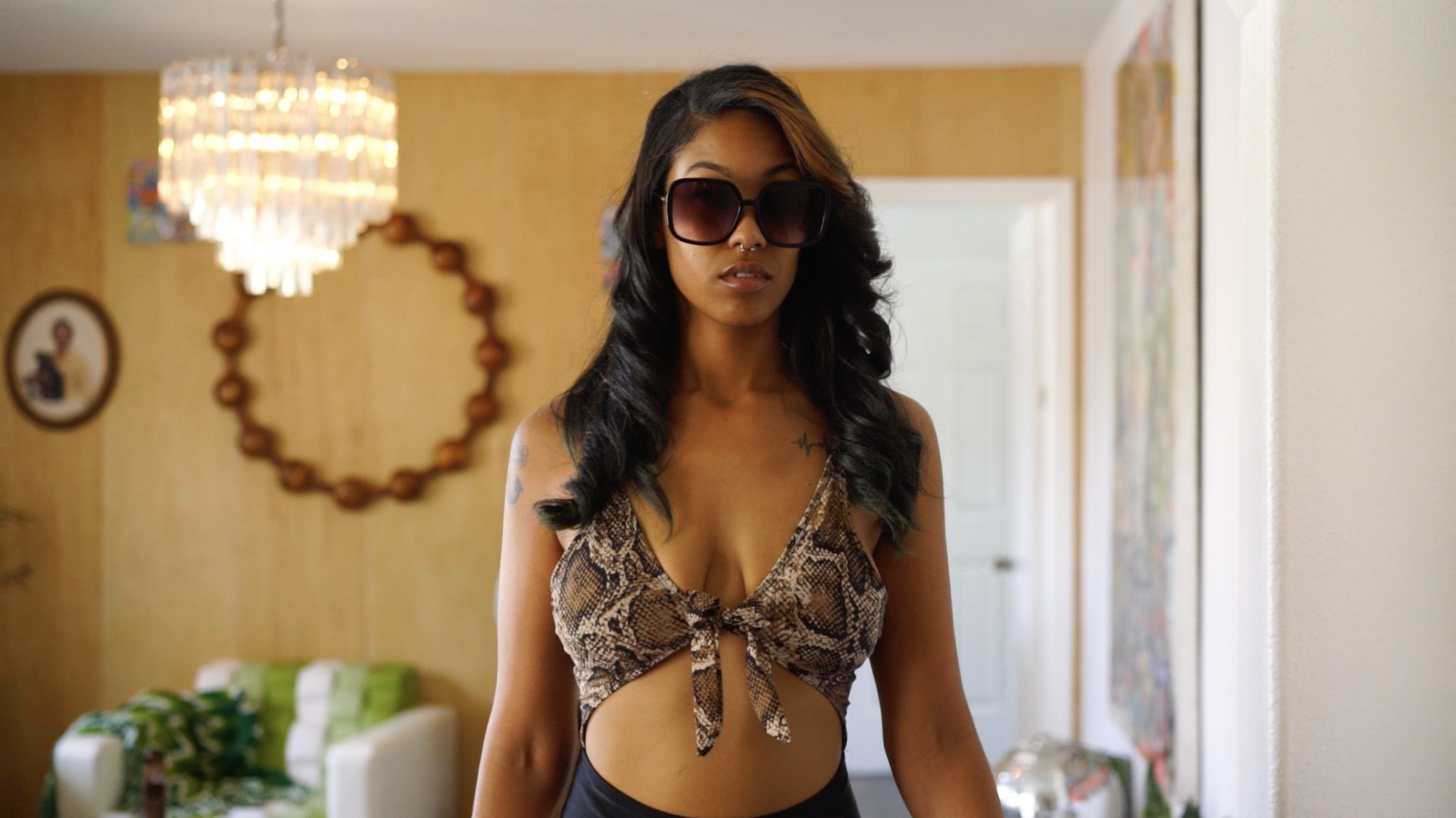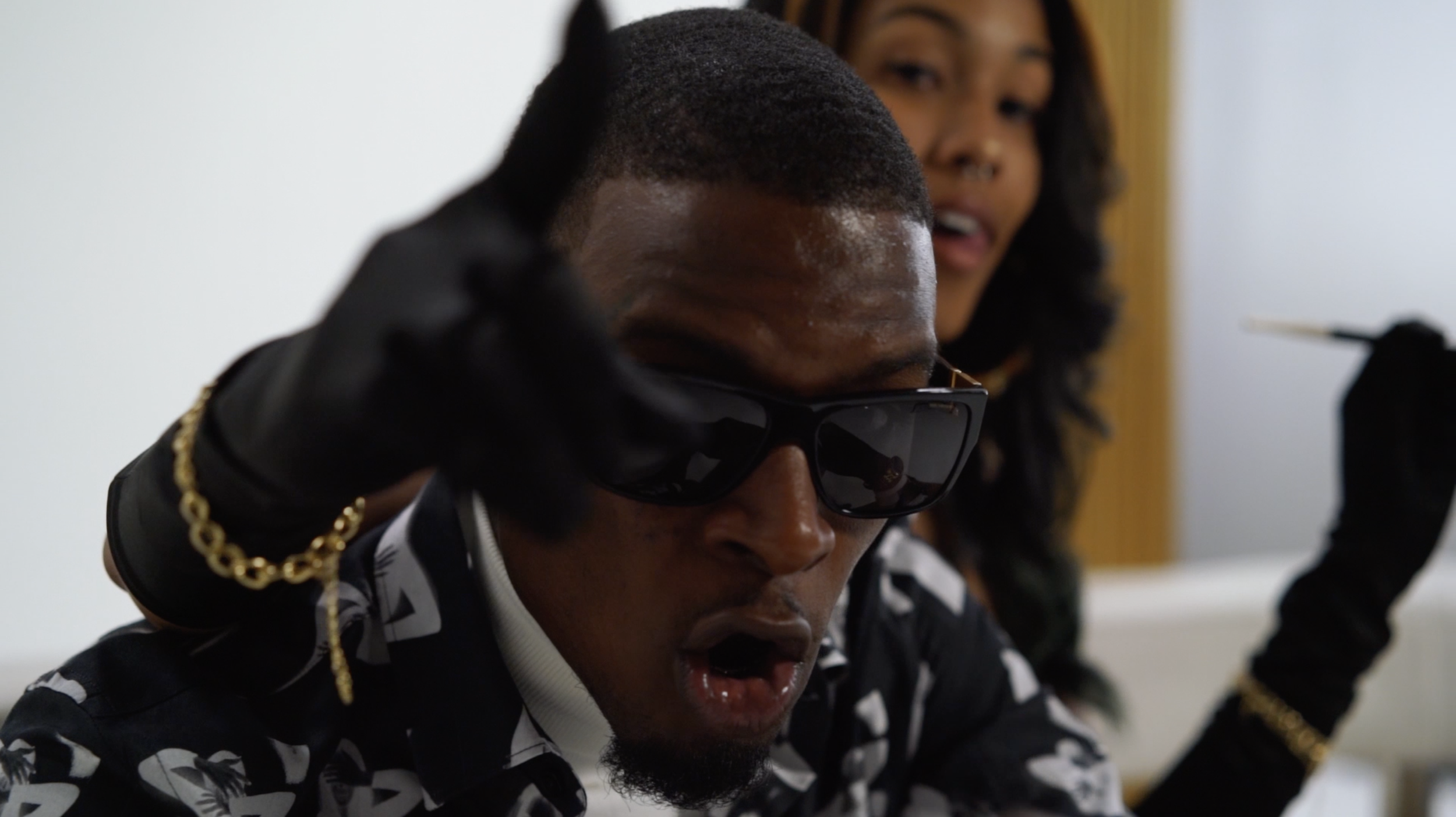Mastering the Art of Shot Composition: The Game Of Frames
Shot Comp & You: Communicating Through Effective Framing
In this blog post, we’re going to list some techniques for basic, but powerful, shot composition when filming your videos. Framing your shots well is necessary if you want your video to look high quality, professional and well produced. Let’s explore some different camera angles, techniques, and the emotions they evoke. Ready? Okay here we go.
1. Establishing Shots: Setting the Stage
In video production, establishing shots are crucial for providing context and orienting the viewer. For example, in the movie "La La Land," the opening sequence features an aerial shot of Los Angeles at dawn, instantly capturing the sprawling city and setting the tone for the film. When capturing establishing shots, consider using a wide-angle lens or drone to capture the vastness of your location, whether it's the Las Vegas Strip or a scenic desert backdrop.
2. Wide Shots: Emphasizing Scale and Immersion
Wide shots are ideal for showcasing the environment or emphasizing the scale of a subject. In action movies like "Mad Max: Fury Road," wide shots capture the vastness of the desert and the chaotic chase scenes. To create a similar effect, position your camera at a distance and use a wide-angle lens. Avoid cluttered compositions and let your subject breathe within the frame, drawing the viewer into the scene.
3. Medium Shots: Establishing Connections
Medium shots are perfect for emphasizing interactions and building connections between characters or objects. In the film "The Social Network," medium shots are used during dialogue exchanges to convey the intensity of conversations. To achieve this, position your camera at a moderate distance from the subject, framing them from the waist up. This helps maintain the focus on facial expressions and body language.
4. Close-ups: Conveying Emotion and Detail
Close-ups allow you to capture the smallest nuances of emotion and highlight important details. In the movie "Black Swan," close-ups of the lead character's eyes intensify her psychological turmoil. To achieve powerful close-ups, use a telephoto lens and position the camera close to the subject. Pay attention to lighting to enhance facial features and convey the desired emotions.
5. Low-Angle Shots: Empowering and Dramatic
Low-angle shots create a sense of power, dominance, and drama. In "The Dark Knight," low-angle shots of Batman enhance his heroic stature. To replicate this effect, position the camera below eye level and tilt it upward, emphasizing the height and strength of your subject. Be mindful of potential obstacles like uneven terrain or limited access, and consider using a tripod or stabilizer to maintain stability.
6. High-Angle Shots: Vulnerability and Perspective
High-angle shots provide a unique perspective, conveying vulnerability or portraying a character's point of view. In "The Shawshank Redemption," high-angle shots of prisoners in the courtyard depict their entrapment. To capture high-angle shots, position the camera above the subject and tilt it downward. Consider using a drone or elevated platform for challenging locations, ensuring safety measures are in place.
7. Tracking Shots: Dynamic Movement and Engagement
Tracking shots involve moving the camera alongside the subject, creating a sense of dynamic movement and engagement. In the movie "Birdman," a continuous tracking shot is used to follow the characters through backstage chaos. To achieve tracking shots, consider using equipment like a camera dolly, steadicam, or gimbal. Plan your movements carefully, rehearse the shot, and ensure a smooth path without obstacles.
Mastering shot framing is a crucial skill in video production. By understanding the impact of different camera angles and techniques, you can create visuals that captivate and connect with your audience.






